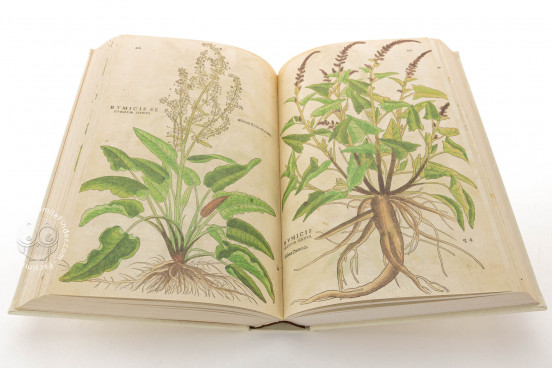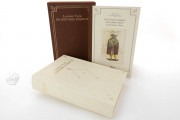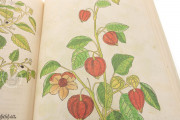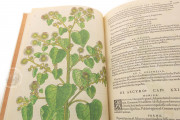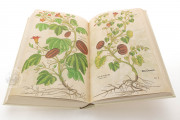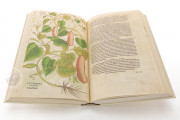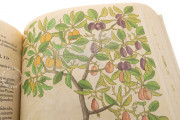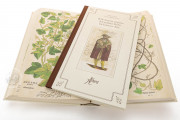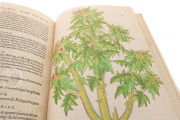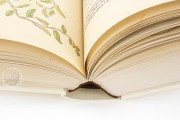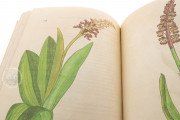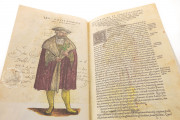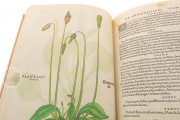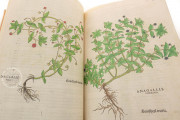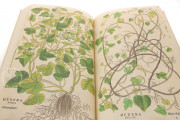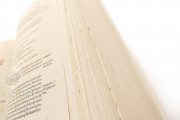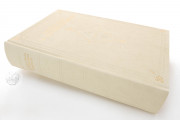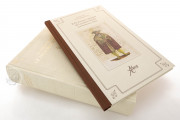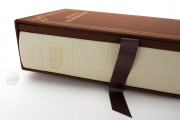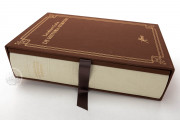An original specimen printed in Basel in 1542, featuring 517 vibrant color woodcuts, De Historia Stirpium stands as both a groundbreaking scientific document and an artistic masterpiece. It has long captivated enthusiasts of medicinal botany and art historians alike.
New Scientific Standards
The descriptions of 343 plants are grounded in innovative scientific criteria, including nomenclature, morphology, and typical habitats, as well as their curative virtues, or "vires." This classification draws upon the works of classical figures such as Galen and Hippocrates. The volume also includes a comprehensive glossary, a multilingual index in Greek, Latin, and German, and a detailed list of entries related to spices.
Realistic Botanical Representation
The herbarium's scientific precision is elevated by the 517 exquisite watercolor woodcut plates, marking a significant advancement in botanical illustration. These plates are the result of a collaborative effort between Fuchs and a team of skilled artists, whose portraits appear alongside his in the frontispiece.
For the first time, the illustrations focus on the complete appearance of plants, showcasing roots, stalks, leaves, flowers, and fruits to facilitate accurate identification in nature. Translated into multiple languages, De Historia Stirpium became a standard botanical reference in the sixteenth century.
We have 1 facsimile edition of the manuscript "De Historia Stirpium by Leonhart Fuchs": De Historia Stirpium di Leonhart Fuchs facsimile edition, published by Aboca Museum, 2003
Request Info / Price
